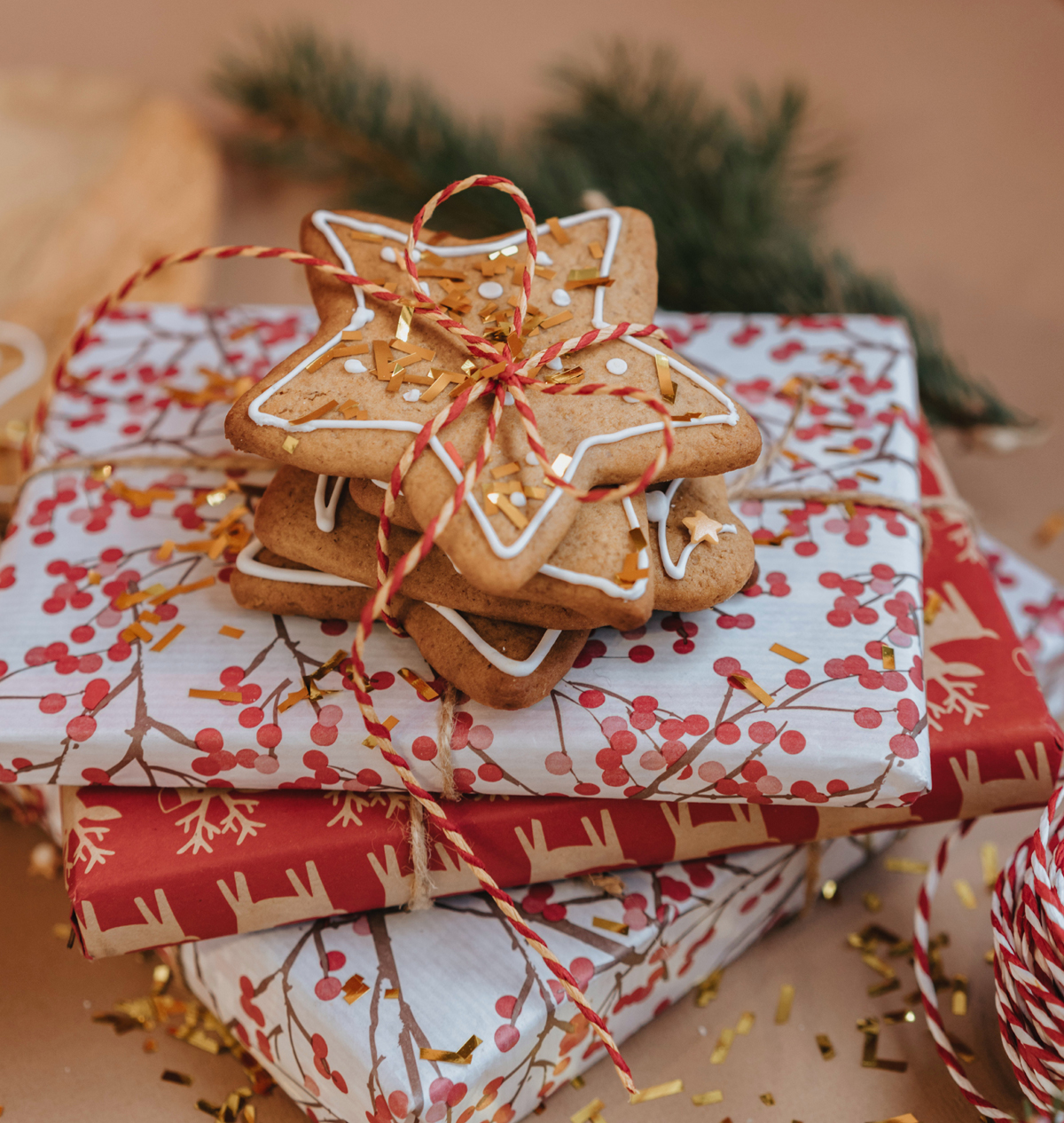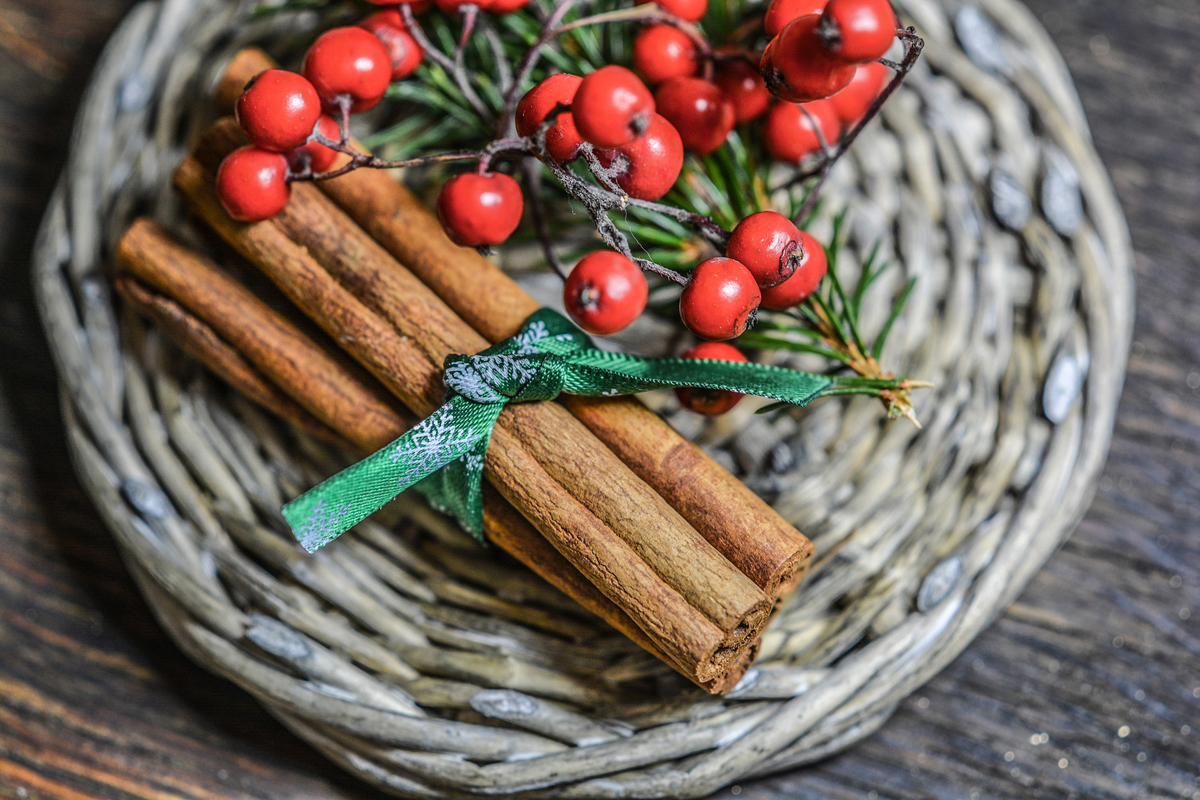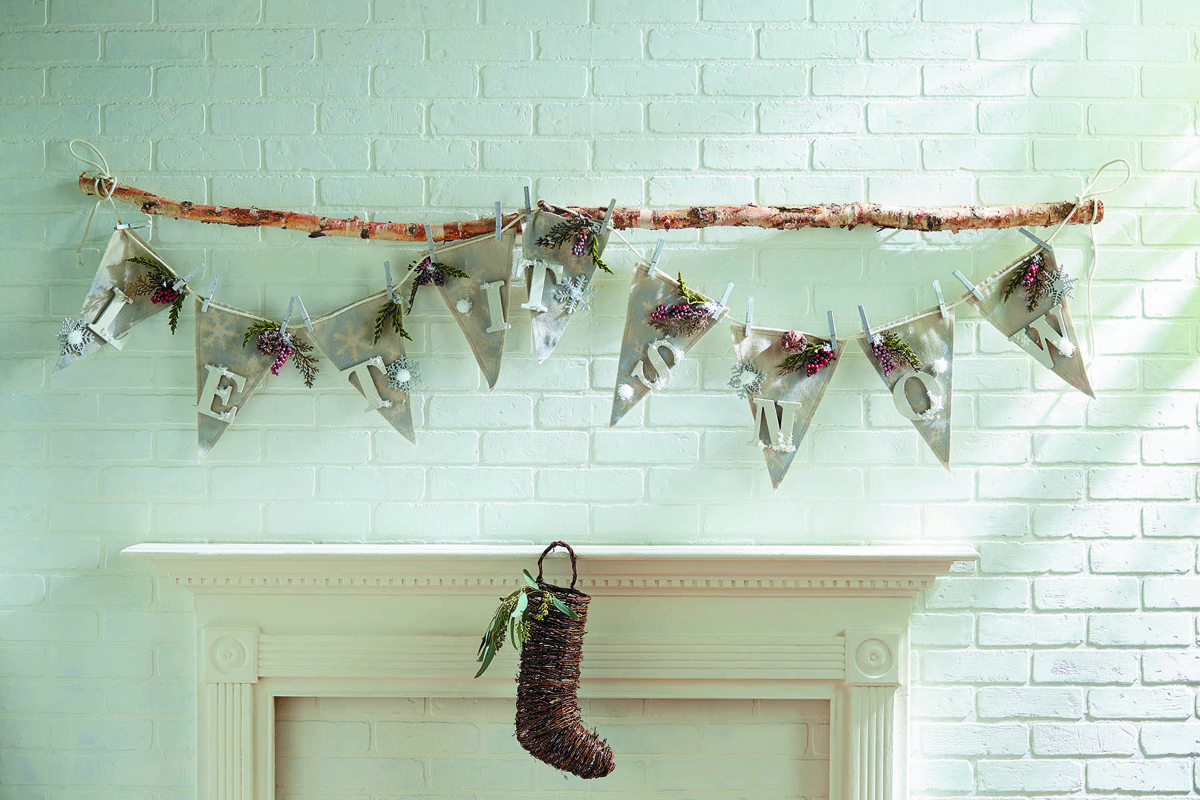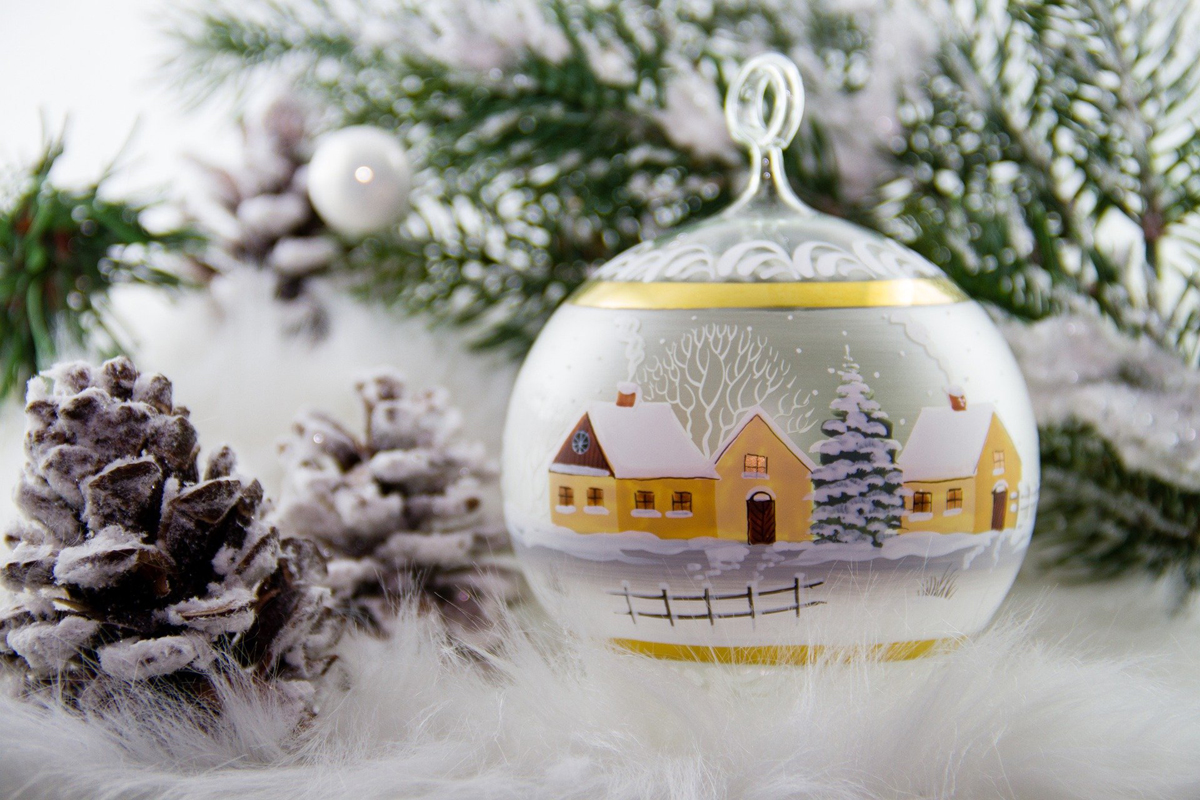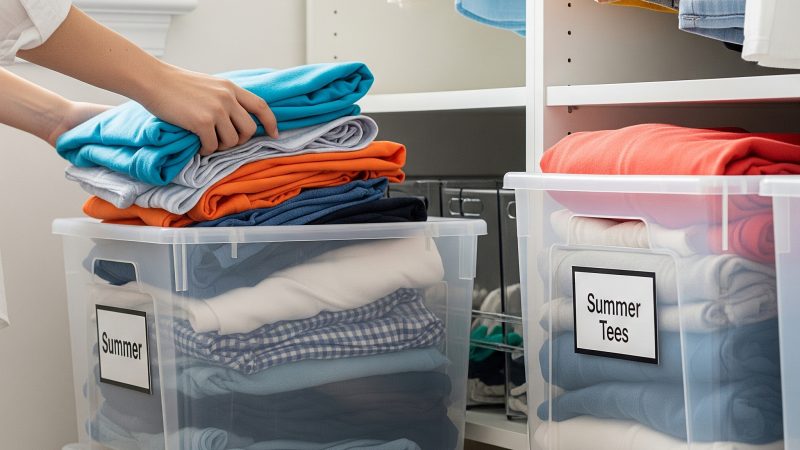How to Care for Vintage Fabric – 36 Tips
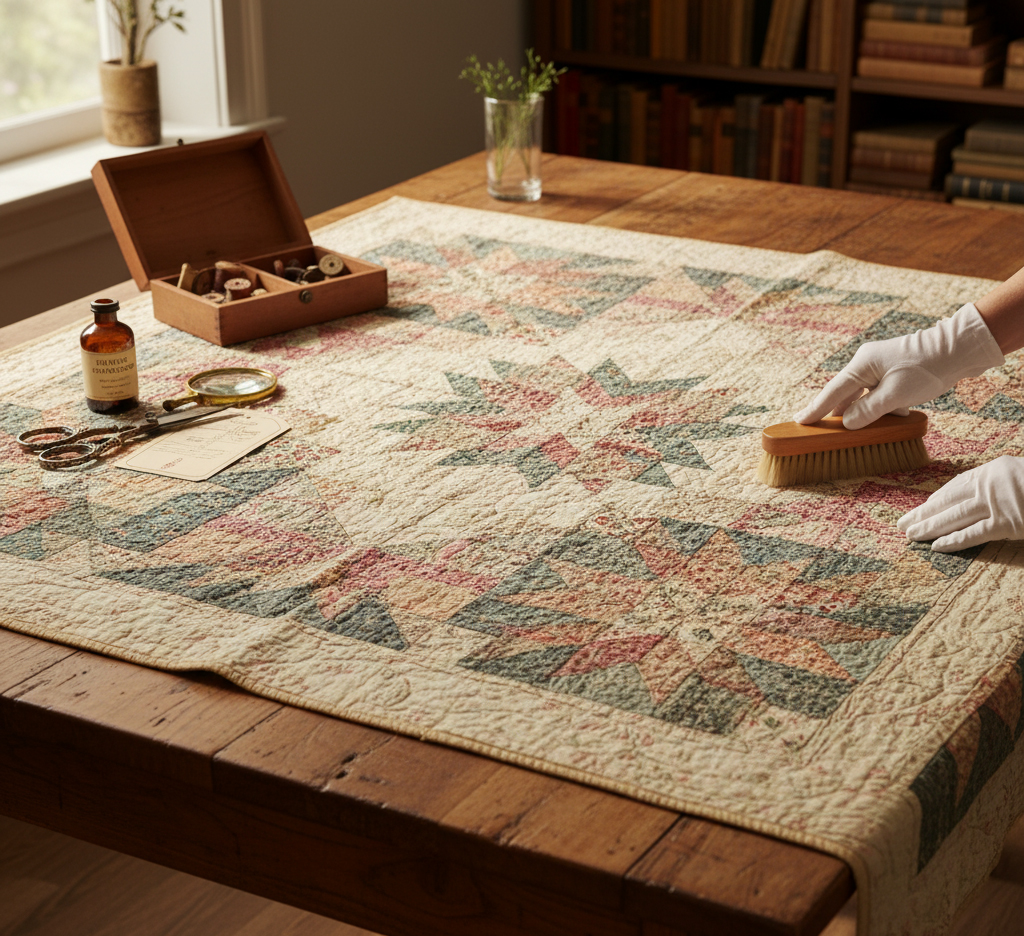
Vintage fabric care is important. As fabric collectors know, the better the condition, the more valuable a vintage fabric. How fabric is stored, cared for, cleaned, and ironed will determine the value and usability over time.
Yet many collectors end up sad and disappointed after lovingly unfolding a cherished vintage quilting cotton to discover irreversible mold spots, expensive silk that shatters with merely the touch of the hand, and feel emotionally crushed like the permanently flattened nap of ironed wool.
Properly stored and cared for, the value of vintage fabrics will go up over time and can be used for garments and quilting years from now.
Store Vintage Fabrics Correctly to Protect Your Investment
When vintage fabrics are stored correctly, it’s similar to investing in a prime piece of real estate. It’s all about…location, location, location. Pick a poor location and money is lost in the long run. Vintage fabric stored in a suitable location and in the correct ways protects your investment.
- Make sure fabrics are dust-free and clean before storing. Place nylons over a vacuum nozzle and gently vacuum dust from fabric.
- Store fabrics at room temperature in a dark area such as a closet.
- Do not store vintage fabrics in damp basements or hot attics.
- 65 – 70 degrees is an ideal room temperature. Humidity should be about 82 percent.
- Roll fabric instead of folding, to prevent stressed fibers at creases.
- If fabrics are stored folded, periodically refold to prevent dust settling in creases.
- Drape unbleached 100% cotton over fabric and hang on a padded hanger.
- Do not store fabrics against wood. Place unbleached muslin or acid tissue as a barrier between the fabric and wood to prevent spots from oil in the wood.
- Don’t store fabric in tightly enclosed plastic boxes and bags. Fabric needs air circulation to prevent condensation and mold growth.
- Store vintage fabrics in acid-free boxes with acid-free tissue placed between fabrics.
- Use dried lavender instead of mothballs to repel insects naturally, without chemicals.
Clean Vintage Fabrics Like Grandma
It’s best to buy vintage fabrics in mint, unused condition. You’ll avoid the hassle of washing, and the fabric is more valuable. However, sometimes a vintage fabric found with only a minor spot can be salvaged with proper cleaning.
Take great care when cleaning vintage fabric. Chemicals in the cleaners on the grocery shelves today may not be compatible with the dyes that were used to print vintage fabrics. Use the wrong cleaner and the dye may run in some vintage fabrics.
To avoid faded and fabrics stripped of their color, clean fabrics from Grandma’s time as Grandma did. She washed garments and fabrics by hand, and didn’t use a dryer but instead laid textiles flat to dry or hung on a line. We don’t have all of the same cleaners as Grandma; use proper substitutes.
- Make sure your chosen professional cleaner or dry cleaner is experienced with old textiles. Ask a textile conservator, quilt shop, or art museum to recommend professional cleaners.
- Test a small piece for color-fastness before cleaning the whole fabric.
- Wear rubber gloves while handling fabric and chemicals.
- Do not wash vintage Fiberglass fabrics in the washing machine. Fine pieces of glass will be in your next load. Wear gloves when handling wet Fiberglass, hand wash, and lay flat to dry.
- Rust stains may come out with a paste of salt and white vinegar.
- Avoid the use of fabric softener and fabric softener sheets. Both can leave residue behind.
- Don’t use hairspray as a stain remover. Hairspray may stain, especially silk fabric.
- Gently squeeze, not wring, water out. Blot dry with a towel and lay flat to dry on a clean surface.
- It’s good practice to professionally clean silk, rayon, and home decorating weight fabrics.
- Handle wet vintage rayon fabric with care. Professional cleaning is advised.
- Vintage and antique chintz fabrics may lose original glaze if washed. Professional cleaning is recommended.
Iron in Haste and Your Vintage Fabrics will go to Waste
Iron incorrectly and a pristine vintage fabric may well turn into your next limp and useless rag. Often times, ironing mistakes cause damage to fabric that is irreversible.
Carefully ironed, Retro polyester won’t turn into a crunchy melted mess and unsightly shine marks won’t mar valuable vintage rayon fabric. To maintain the valuable original condition of all vintage fabrics, take the correct precautions when ironing.
- Set iron to the correct temperature.
- Clean your hands before handling fabric.
- Do not iron dirty or stained vintage fabrics. Stains may set permanently.
- To avoid clogs, use distilled water in your iron.
- To prevent iron scorch marks use a well-padded ironing board.
- Dry iron silk to prevent watermarks.
- Iron linen slightly damp. Wrinkles smooth out easily.
- Use caution when ironing with starch. Hot, scorched starch may transfer on to the fabric.
- Iron the backside of fabrics. Vintage fabrics with dark backgrounds are prone to show iron marks.
- To restore chintz and polished cotton glaze, place wax paper face down on the fabric and iron the non-wax side of the wax paper.
- If vintage flannel fabric has pils, pick the largest pils off by hand, and iron nap flat.
- Steam wool. Do not iron.
- Steam, do not iron velvet. Hang velvet fabric near a hot shower to steam out wrinkles. Or, use the steam setting of an iron, steam the backside, and brush the velvet nap. At an even pace, run steam up and down. Don’t let the steam rest in one spot for long.
- Don’t directly iron Retro fabrics such as polyester. Place a pillowcase on the fabric, and then iron.
The Author:
Nan Jaeger of Revival Fabrics. “Revival Fabrics. revivalfabrics.com
Copyright 2008. Reproduced with permission.
Photo. Jjulian812


